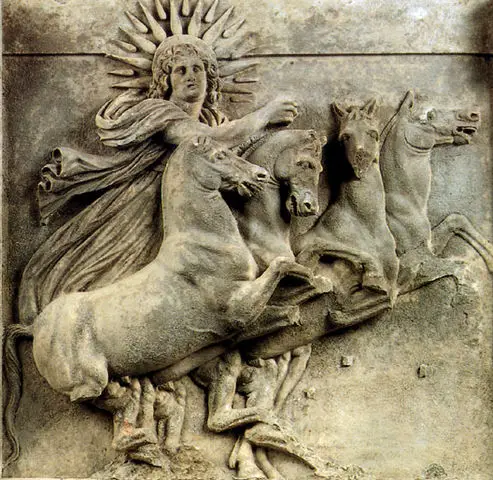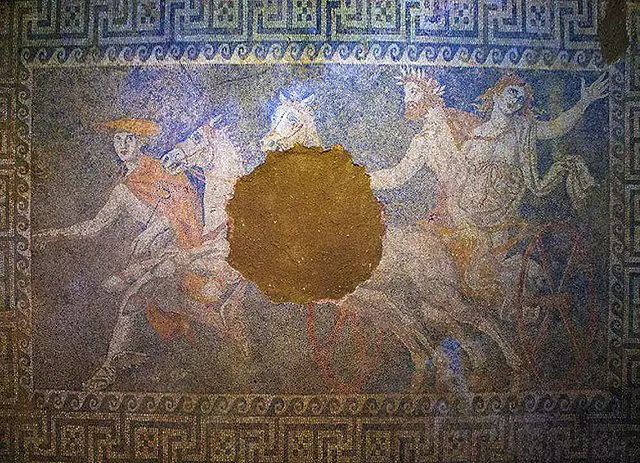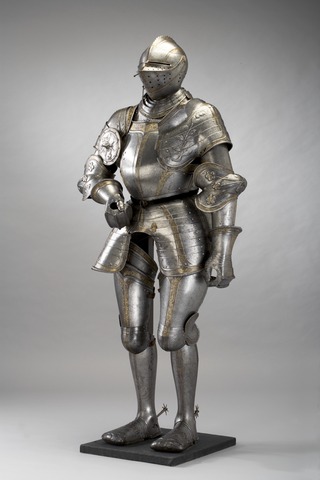
| Also Check Out | Was Medieval Armor Hot? 3 Ways The Knights Cooled Down |
When people think of medieval armor they often think about shining knights riding into combat with shields and swords. However, this image is often an illusion and many misconceptions about medieval armor exist. One of these misconceptions is just what type of metal medieval armor was made out of.
Generally speaking, medieval armor was typically made out of pieces of iron that were flattened and shaped by a smith. These pieces of iron were then held together by a series of leather straps at first and rivets later. In the late medieval period, steel armor started to become possible to build but was hardly seen as by this point firearms started to appear on the battlefield.
Here at The History Ace, I strive to publish the best history articles on the internet. If at the end of this article, you really liked it then consider subscribing to the free newsletter and sharing it around the web.
Without further ado here is an entire article dedicated to answering the question of wheater or not medieval armor was made out of iron or steel.
Most Medieval Armor Was Made From Iron
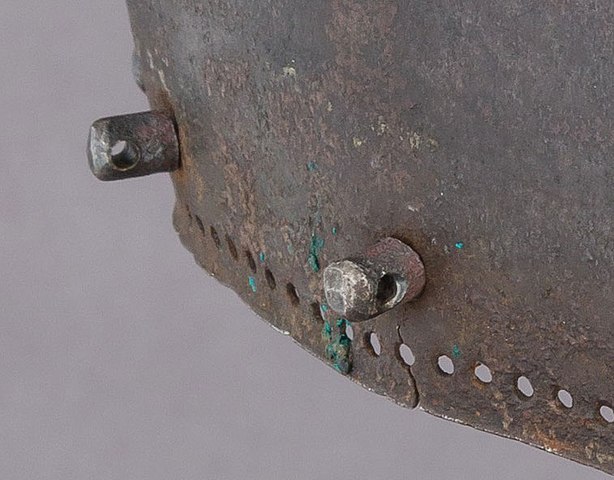
From the end of the 4th century AD up until around the middle of the 16th century most medieval armor was made from iron.
This was because of how medieval smiths ended up smelting iron in the first place. Medieval smiths would use a process called bloomery smelting in order to produce workable iron from raw ore.
A bloomery smelter was incapable of producing enough heat on its own to create steel. Instead, raw iron ore and slag would be mixed together and heated to create iron ingots which were then worked with to create medieval armor.
Using this type of smelting medieval smiths would create pig iron, cast iron, and wrought iron. Further, out of every batch of iron ingots made a small bit of steel was produced however it was not enough to forge any real pieces of armor with.
The most common form of medieval armor made using iron was the mail coif. This type of armor today is called chainmail and it was built by hand to be worn over a medieval soldier wrapped in heavy cloth. The combination of the heavy cloth and ringmail made an incredibly efficient set of medieval armor that was capable of protecting the medieval soldier from most forms of damage.
As such because of the abundance of iron in medieval Europe and the ease of making iron ingots most medieval armor was built by using iron. However, even though iron armor was the most plentiful there were other types of metals used to make medieval armor.
Other Metals Being Used To Make Medieval Armor
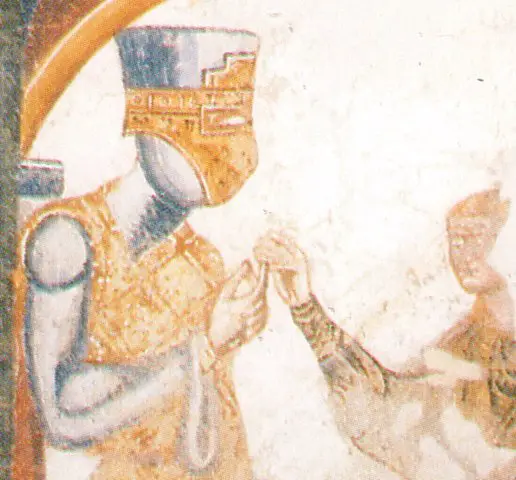
Besides iron medieval armor was made using several other forms of metal.
Each of these metals was used scarcely however as in Europe it was harder to find the necessary materials or the technology simply did not exist at the time to mass produce the armor.
Medieval Armor Created Using Bronze
While some medieval soldiers would have had access to bronze it would have been rare to see anybody in a medieval army equipped with it.
This was because it took forever to make bronze armor. In order to produce bronze a smith would need to get their hands on a lot of bronze and tin. In medieval Europe, these metals were hard to come by.
The reason why tin and copper were hard to come by was that the Roman Empire had mined most of the reserves of these metals near the surface. Britain had most of its tin reserves mined by the late Roman Empire and copper had to be imported from the Roman province of Asia (Greece, Turkey, Syria).
As such it was just easier for medieval smiths to make medieval armor by using iron. Iron was simply easier to find and work with.
Medieval Armor Made Using Steel
Another metal that was used to make medieval armor was steel. However, you would be extremely lucky to see or own any pieces of steel for the vast majority of the medieval period.
This was because the technology to efficiently make steel simply did not exist in the west until the 17th century. While smiths could get a furnace up to the point of melting iron they could not get enough oxygen to begin to fuse the iron to make steel.j
That being said there were some small steel tools floating around medieval Europe. Steel was highly prized for its durability and resilience to rusting. Medieval smiths were capable of making steel in extremely small amounts out of every batch of iron they would produce.
This was because the typical medieval bloomery furnace would take in just enough oxygen to create a small portion of steel in the dead center of the furnace. However, this small amount of steel was nowhere near enough to produce any sort of piece of medieval armor.
So generally speaking, medieval smiths used iron instead of steel to make medieval armor with because the technology for steel armor simply did not exist during most of the medieval period. By the time steel production had begun to pick up firearms started to get introduced into the battlefield making steel armor obsolete.
How Was Metal Medieval Armor Held Together?
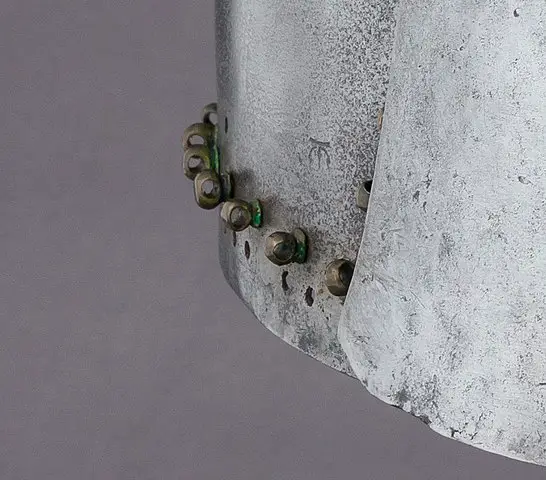
There were two ways in which medieval armor was held together; using rivets and using leather straps.
For most of the medieval period armor was held together by using a series of leather straps that would go through buckles on the armor. A squire would work to put this armor on the knight and then fasten it down by pulling the leather straps tight.
These leather straps were boiled in water to create a hard and durable strap. While the strap itself could not withstand any form of a direct hit from a blade it was more than capable of withstanding the elements such as snow and water. Further, the boiled leather strap would not swell in the heat and constrict the knight in their armor.
Up until the 13th century these boiled leather straps were used to fasten the medieval armor to the knight. However, sometime during the 13th-century rivets or vervelles started to appear on medieval armor. These rivets would completely change how medieval armor was held together.
With the aid of these rivets, medieval knights could completely encapsulate themselves in armor. Before with leather straps a portion of the knight would have to be exposed for the squire to be able to reach the straps and fasten them. Now with the aid of these metal rivets, a knight could have a squire fasten the armor from the outside.
This was why starting in the 13th century we start to see full platemail on the medieval battlefield. These types of suits of armor weighed a lot but were surprisingly mobile and fully protected the knight.
Conclusion
There you have it; everything you would ever want to know about what medieval armor was made from.
Generally speaking, medieval armor was primarily made out of iron. This was because medieval smiths had easy access to large quantities of iron in Europe. However, in spite of this it was possible to see other types of metal used for medieval armor.
I hope you enjoyed this article. Here at The History Ace I strive to publish the best history articles on the internet. If you enjoyed this article then consider subscribing to the free newsletter and sharing it around the web.
Further, you can check out some of the other articles below.
-
What was Medieval Armor Made From?

What type of metal was medieval armor made from; was it steel or iron? Well here is everything you could ever want to know.

